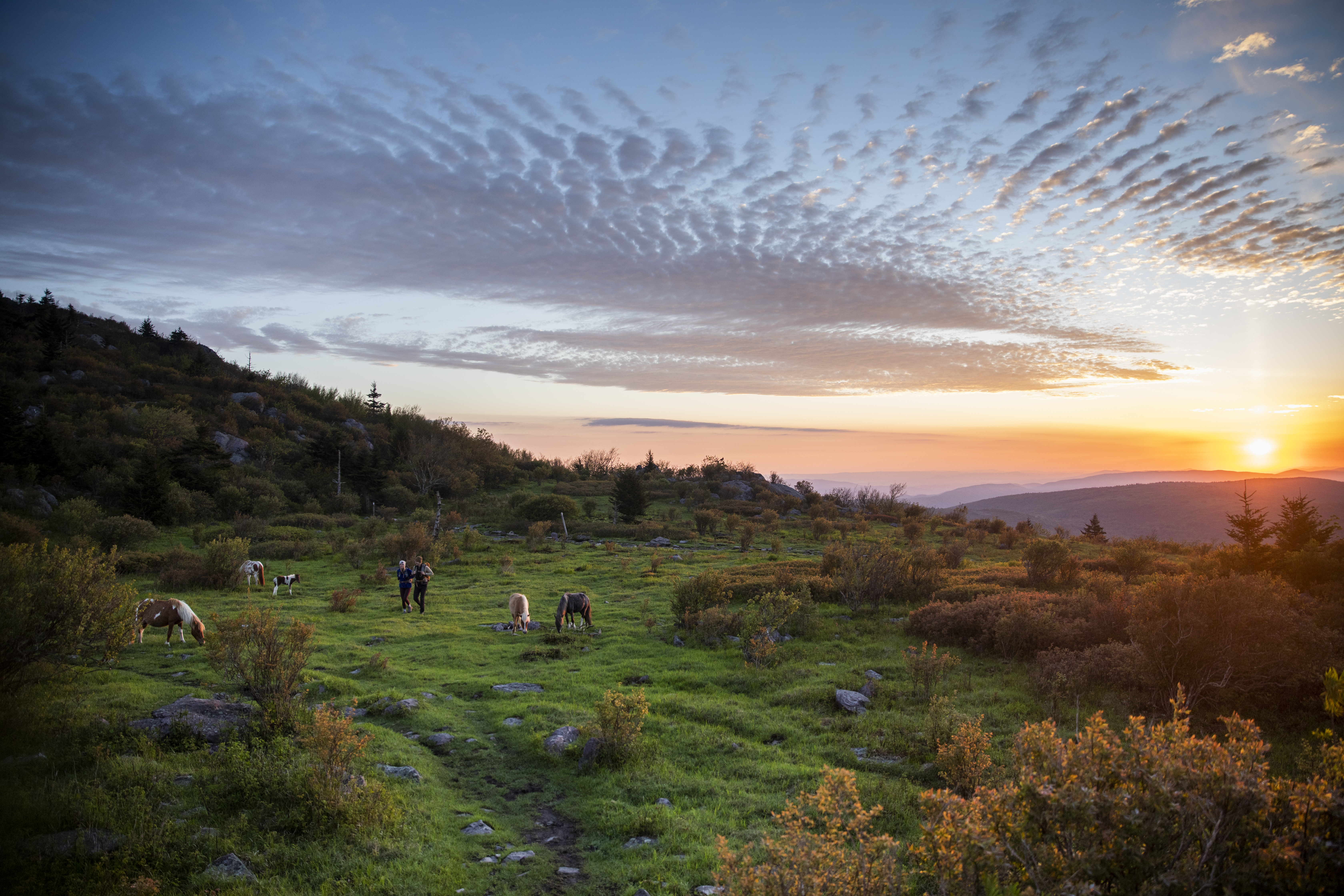El Koubi: How do you go about writing a biography of a trail? You made a decision to focus on some of the major figures in the trail’s history. Can you talk about your particular approach and how it affected the final product?
D’Anieri: There was no A.T. before Benton MacKaye came up with the idea, and before a whole bunch of people organized around that idea and built the thing. So, it’s a human construction. I thought a good way to tell the story of the trail, as something that people created for themselves, was to tell it from the perspective of who those folks were at different points in time. What were they after? What did they see in a big long-distance trail over the mountains? What hopes and dreams and aspirations was it satisfying? How did those hopes and dreams and aspirations change over the years from even before the trail itself was proposed, all the way up to the present day?
I’m not going to write a guidebook to the trail. There are plenty of good ones out there. I’m not going to write about my experience. There are plenty of good books out there in that vein, as well. But what I was trying to get at was why, and how is this place the way it is, and how has that changed over the years? In the same way that you would write a biography of a person — what were the influences? What were the times that person grew up in?
This idea of “The Appalachian Trail: A Biography” was twofold. Number one, I wanted to get at the character of the place. And number two, I wanted to do it with a bunch of individual biographies — here’s who Benton MacKaye was and how he came to it. Here’s who Myron Avery was, the field general who really got the thing built in the 1930s, ‘40s, and ‘50s. Here’s who Bill Bryson was, this author who popularized the trail when he wrote a book about it in the ‘90s. So, that was the thinking behind the term “biography,” even though it’s a biography of a physical thing rather than any one person.
El Koubi: Were there any big surprises or things you learned about the trail while doing your research?
D’Anieri: A few things. The first is how much of the Appalachian Trail is just a trail. If it didn’t have this narrow painted white blaze on a tree every 10 or 20 yards, you wouldn’t know that you were on the world-famous Appalachian Trail, versus a trail through a park in your community or in some state park. Although it does have incredible places with incredible vistas, for a lot of its length, it’s just a trail. I found that mundane quality really interesting.
I don’t think that takes anything away from the experience. I think it adds to it. A trail can be about a routine different perspective on the world without having to be atop some gorgeous mountain with an incredible view of everything.
The other thing that was really interesting was how many different types of people come to the trail, and come with their own version of what it is and why they’re doing it. In one chapter of the book, I talk about Earl Shaffer, widely recognized as the first thru-hiker, and Emma “Grandma” Gatewood, the first solo woman thru-hiker. They accomplished those tasks roughly 10 years apart, but were entirely different people.
Shaffer was a young person just out of the Army, trying to find himself. Gatewood was a grandmother from Appalachia who just wanted to go for a walk. I think a lot of folks, including myself, carry in our head with respect to the A.T. the idea, “Oh, it’s this thru-hiking venue. It’s for the hardcore outdoors person who’s going to hike the whole thing in one summer.” In fact, that’s a tiny, tiny percentage of the people who use the A.T. That’s not at all what it was built for. It serves a lot of different people’s needs in different ways.
El Koubi: So, where did that thru-hiker goal come from in our country’s cultural imagination?
D’Anieri: One of the places it comes from is the one thing that makes the A.T. unique — the fact that it’s nearly 2,100 miles. I was saying how being on it can feel everyday and mundane. It can. But then you get these notions of “Wow, it doesn’t end at this one mountain peak,” or “It doesn’t loop back to the parking lot I started from.” It goes and goes and goes for an almost infinite distance in terms of your day-to-day experience of it. Not surprisingly, people started to wonder, “What if I just committed myself to doing the whole thing?” It offers this opportunity for separation from our day-to-day lives.
While you can get that from a three-hour or three-day hike, to commit to the trail and its environment for months to walk the whole thing in one go, that’s a particularly American kind of escapism. It’s got this quality of “I’m going to prove something to myself and to others. I’m going to check out from the day-to-day of my job and my neighbors, and I’m going to go off and be in the woods. I’m going to connect with the natural world in this really intense way.”
I think that taps into a lot of cultural trends that are out there. And it didn’t take long after Earl Shaffer did this hike in the ‘40s for that idea to catch on with a lot of people. Nowadays, in the era of social media, it’s an incredibly popular source of online personality.






